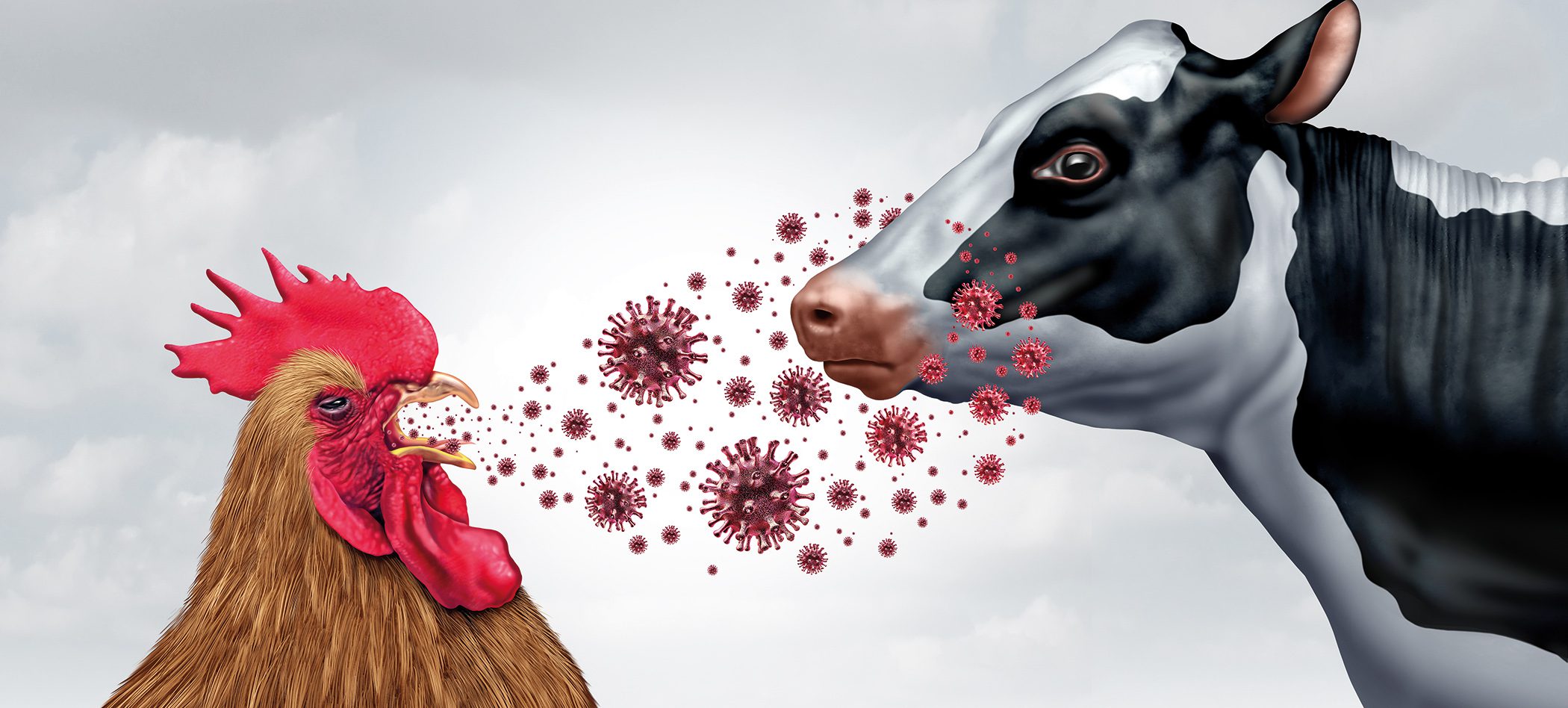In recent years, more and more infections with the H5N1 influenza A virus have been detected in mammals. Humans are also at risk, and therefore fear of this highly pathogenic avian influenza virus is growing. In 2024, A(H5N1) viruses have caused widespread infections in dairy cows and poultry in the United States, with a few cases in humans.
Autoren
- Jens Dehn
Publikation
- InFo PNEUMOLOGIE & ALLERGOLOGIE
- HAUSARZT PRAXIS
Related Topics
You May Also Like
- Ginkgo biloba extract in the Alzheimer's mouse model
Effects on disease-associated microglia subpopulations
- "Patients W.A.I.T Indicator"
Access to medicines – how does Switzerland compare across Europe?
- Adherence in severe or poorly controlled asthma
Digital monitoring with potential for greater treatment adherence
- Crohn's disease and depression
Significant psychological stress for CD patients
- Epilepsy
Cannabidiol for refractory epilepsy syndromes
- Stomach cancer and Helicobacter pylori
A question of income?
- Prurigo nodularis and AD
Effective itch relief through inhibition of the IL-31 signaling pathway
- Cutaneous Crohn's disease











